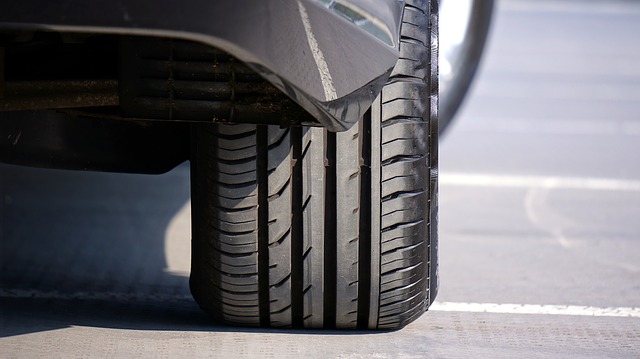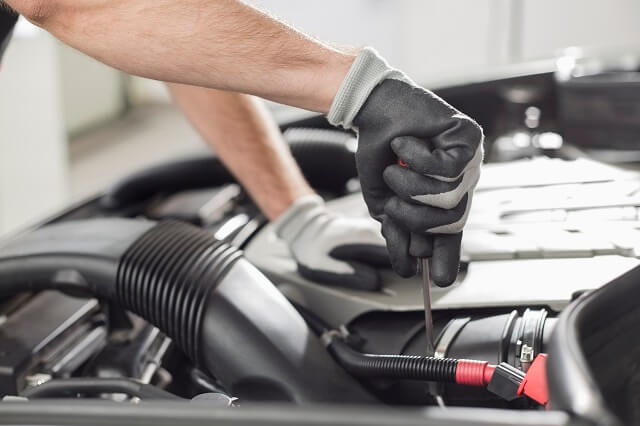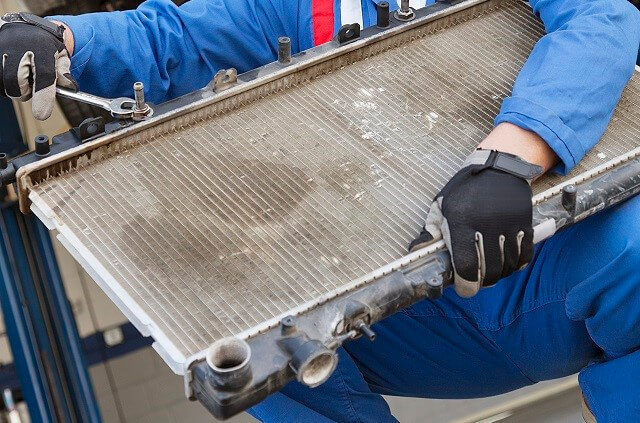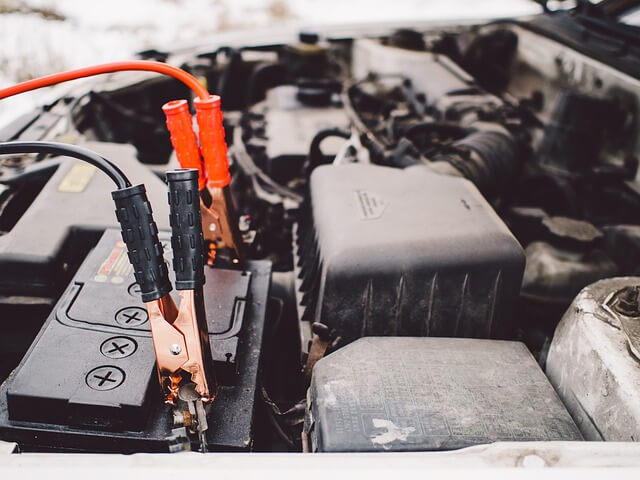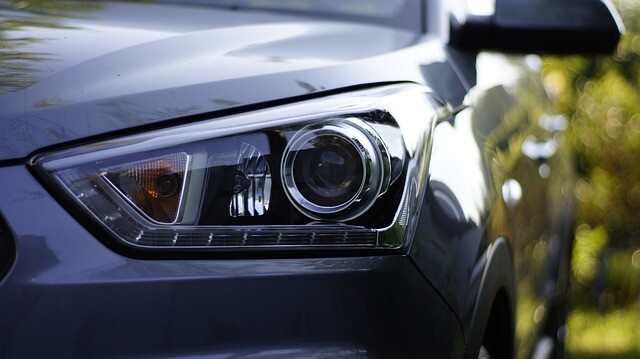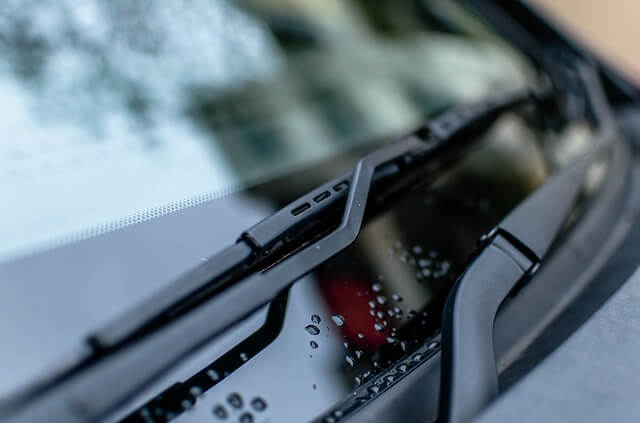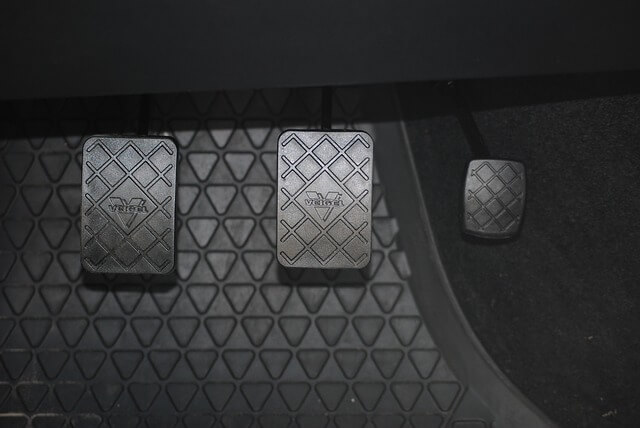Home > How to Maintain Car Safety in 7 Easy Steps
How to Maintain Car Safety in 7 Easy Steps
How much cash can i get
Find out now. It's fast, secure & free!
How it works
It’s such a great feeling to negotiate buying a car, arranging the financing and driving away in a new car, maybe even the car of your dreams! But as car owners know, buying a new car is only the beginning. To keep it running as it should, to maintain safety standards and to ensure that its value is intact, there is some general maintenance that you need to keep in mind. By keeping your car in good running condition, you’ll lengthen its performance, cut down on costly repairs and most of all, know that it’s safe as possible.
Step 1: Tires
Tires must be kept in good condition and at the correct pressure to ensure safe driving. It’s easy to check the tire pressure at most gas stations when filling up. Driving with the recommended pressure will save you money in fuel. Tread depth is also important, because if the tires are too slick, you won’t be able to stop quickly in an emergency. Tires that function in every type of weather condition are the best, whether it’s snow, ice or dry and hot pavement. For best performance, check the alignment and rotate them about every 5,000 miles.
Step 2: Engine & oil
The most important ingredient to keeping your engine running smoothly and safely is oil. If you let the oil run too low, you could totally kill that engine. Usually, oil must be changed after 3,000 miles on the road or every three months. The easiest way to maintain your engine is by checking the oil level regularly and changing both the oil and the filter when necessary. At the same time, put in new air filters and a fuel filter. When changing the oil, make sure the spark plugs and the spark plug wires are in good condition.
Step 3: Radiator coolant
Your car has a cooling system that keeps the engine running at the perfect temperature by using a pump to drive coolant from the radiator and into the engine, where it is needed. The level of the radiator coolant must be checked periodically by a good mechanic to be sure there is enough. Besides the coolant, you can eyeball the radiator hoses for any signs of wear and tear and replace as needed. You can take advantage of a flush and fill service, which will drain out the dirty radiator coolant and put in fresh and clean coolant.
Step 4: Battery
Most car owners know that a good battery is important to even turning over the engine. Your car battery is what powers your car’s engine, so if it isn’t strong enough, your car simply won’t start. After the engine is running, the alternator, if working properly, will keep the battery recharged. Maintaining the battery for optimal power means keeping it clean and secure to avoid unnecessary vibrations. The connections need to be kept clean and sometimes the terminals need to be tightened. Find out if you have the type of battery that needs water, so you can keep it at the right level.
Step 5: Lights
Properly functioning lights are obviously important to safe driving. When you get in your car and start it, you can put it in park and walk around the car’s perimeter to check that the headlights, tail lights, backup lights and turn signals are all working properly. You may have to have someone help you check if the brake lights are working. Besides that, take a look at where your headlights are pointing. They need to be pointing down toward the street, and outwards in the direction of the side of the road. If your headlights are misaligned, have them fixed.
Step 6: Windshield wipers
What could be more hazardous while driving in a rainstorm than windshield wipers that are not functioning properly? In order to see the road properly, the wipers must keep the windshield clean for you. The good news is that you can easily spot wear and tear. Whether you spot damage or not, go ahead and replace them before each rainy season. Usually only the rubber strip needs to be replaced, which you can do easily by yourself. If needed, you can replace the entire windshield wiper assembly. In extremely rainy seasons, you can apply a water repellent treatment.
Step 7: Brakes
You normally use your brakes only for slowing down for a stop or turn, or for braking at red lights. But what if you need to stop quickly and suddenly and the brakes don’t slow you down fast enough? To avoid a potential tragedy, it’s important to be sure your brakes are kept in top shape. Some of the newer cars are designed to have their braking systems replaced according to a specific schedule. If you notice any slowing down of your brakes, don’t delay but have them checked immediately. In some cases, it could just be a case of topping off the brake fluid.
Conclusion
Following the seven steps stated above will help you maintain car safety and enjoy a swift ride for many miles. The time and money are all worth it, especially when you drive by a helpless driver who got stuck with his car in the middle of the highway (or worse, in the middle of nowhere).
